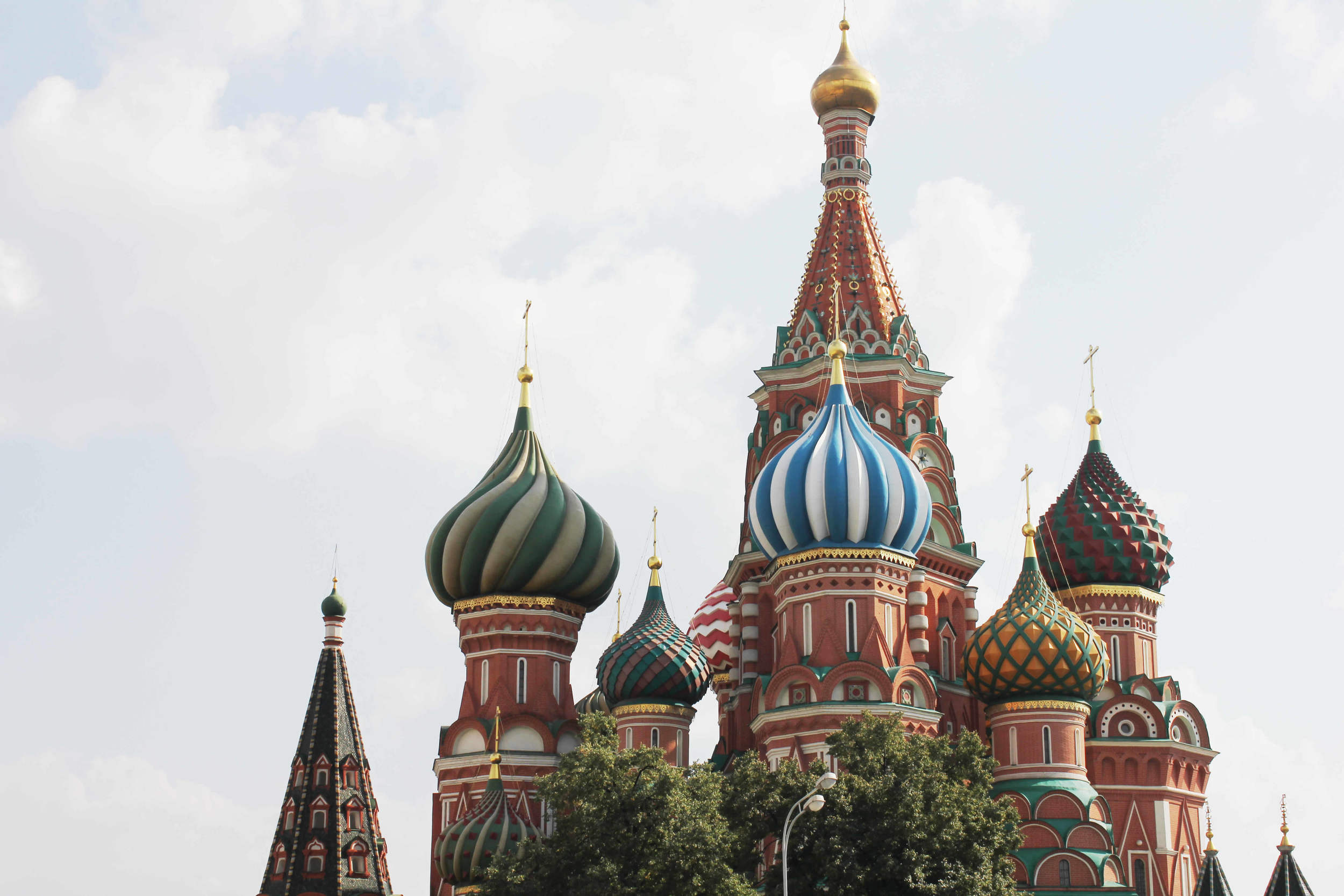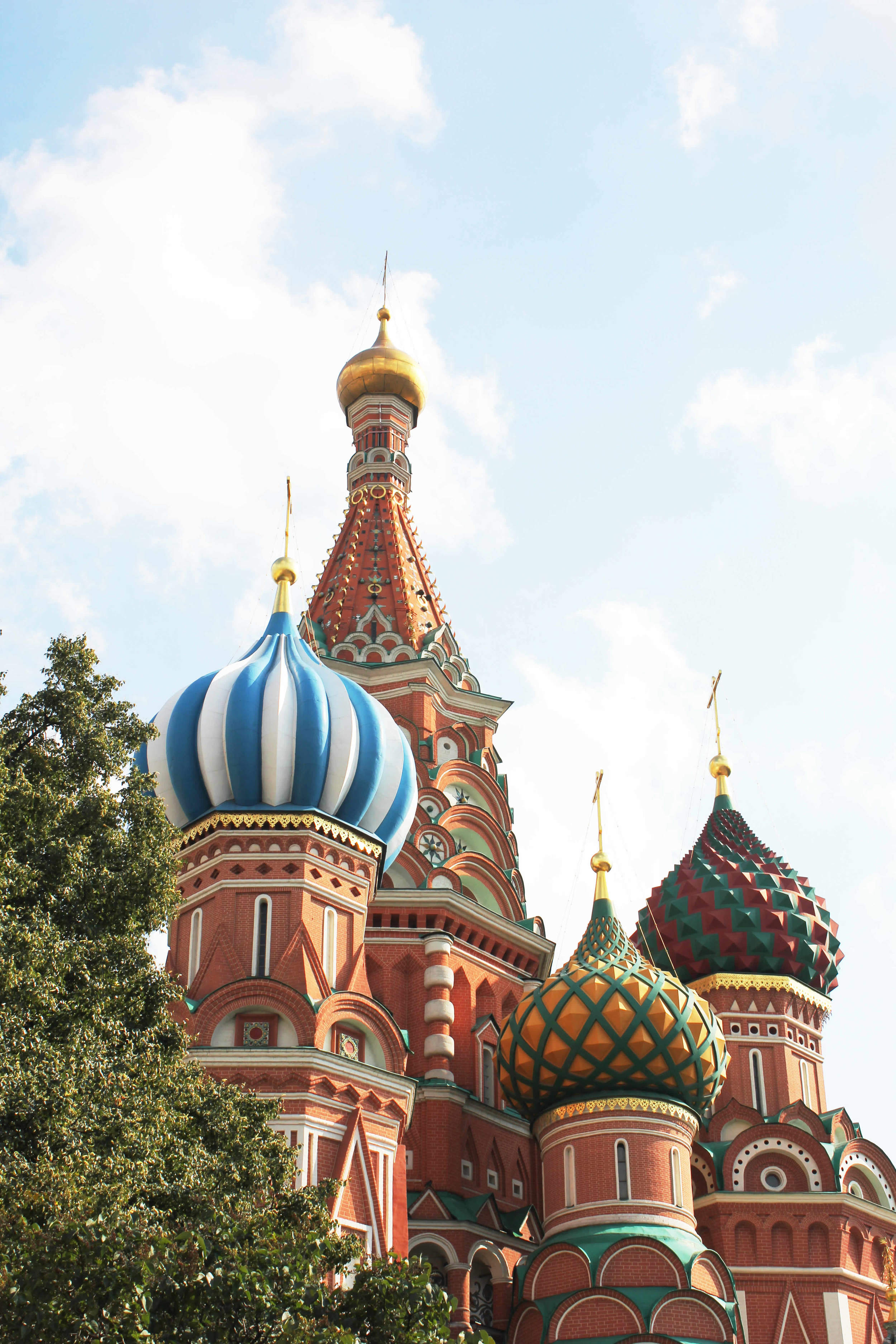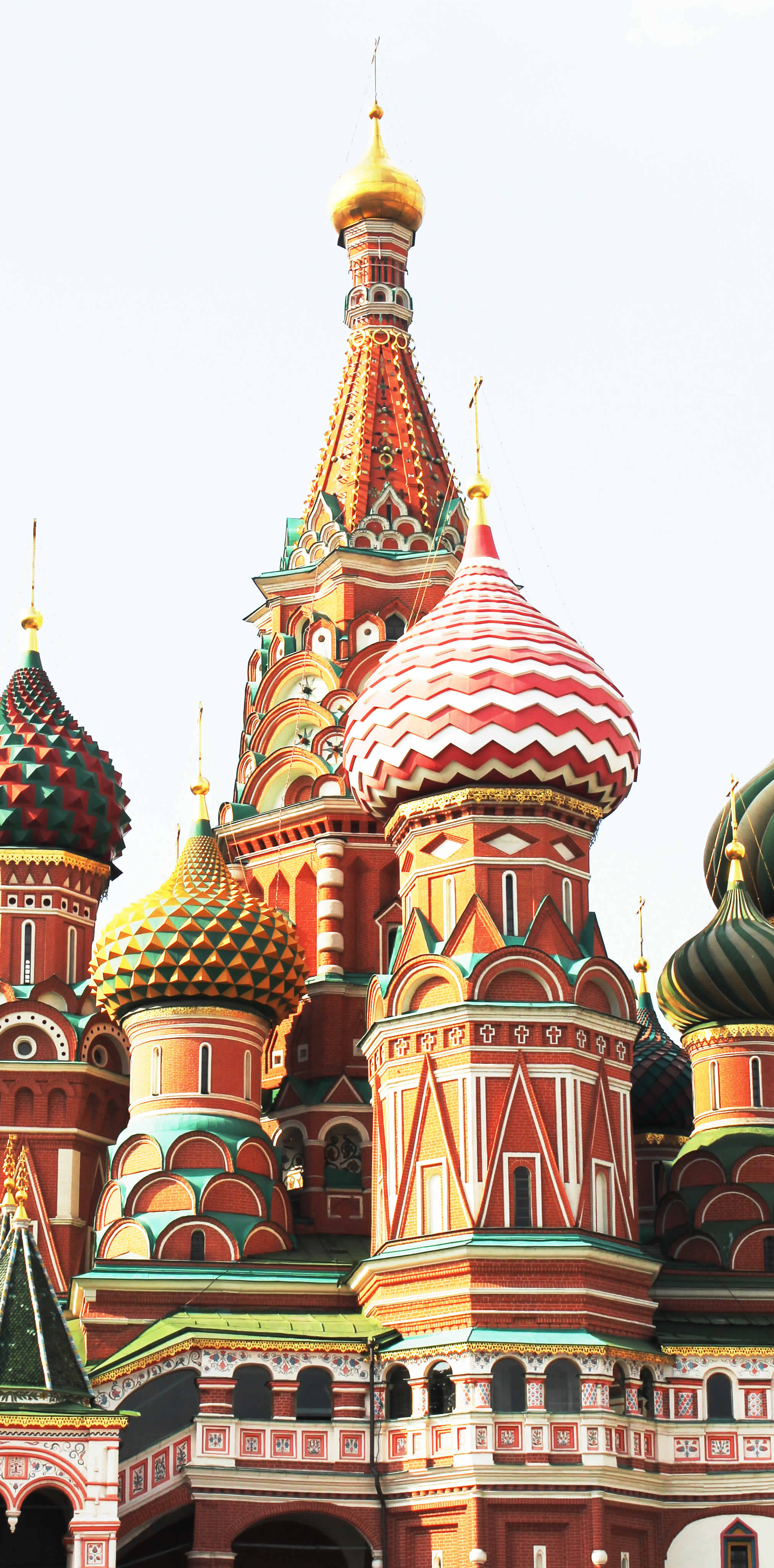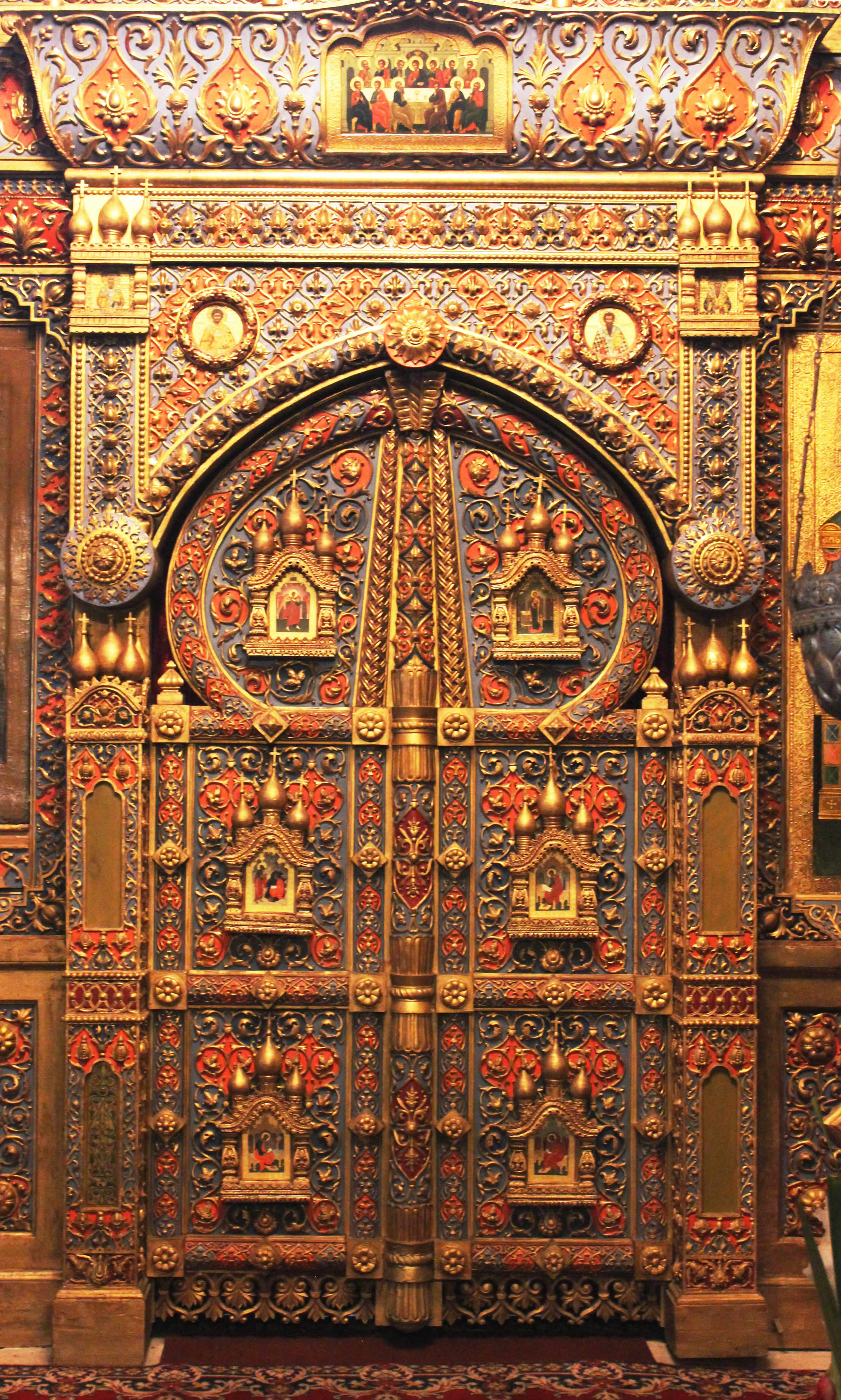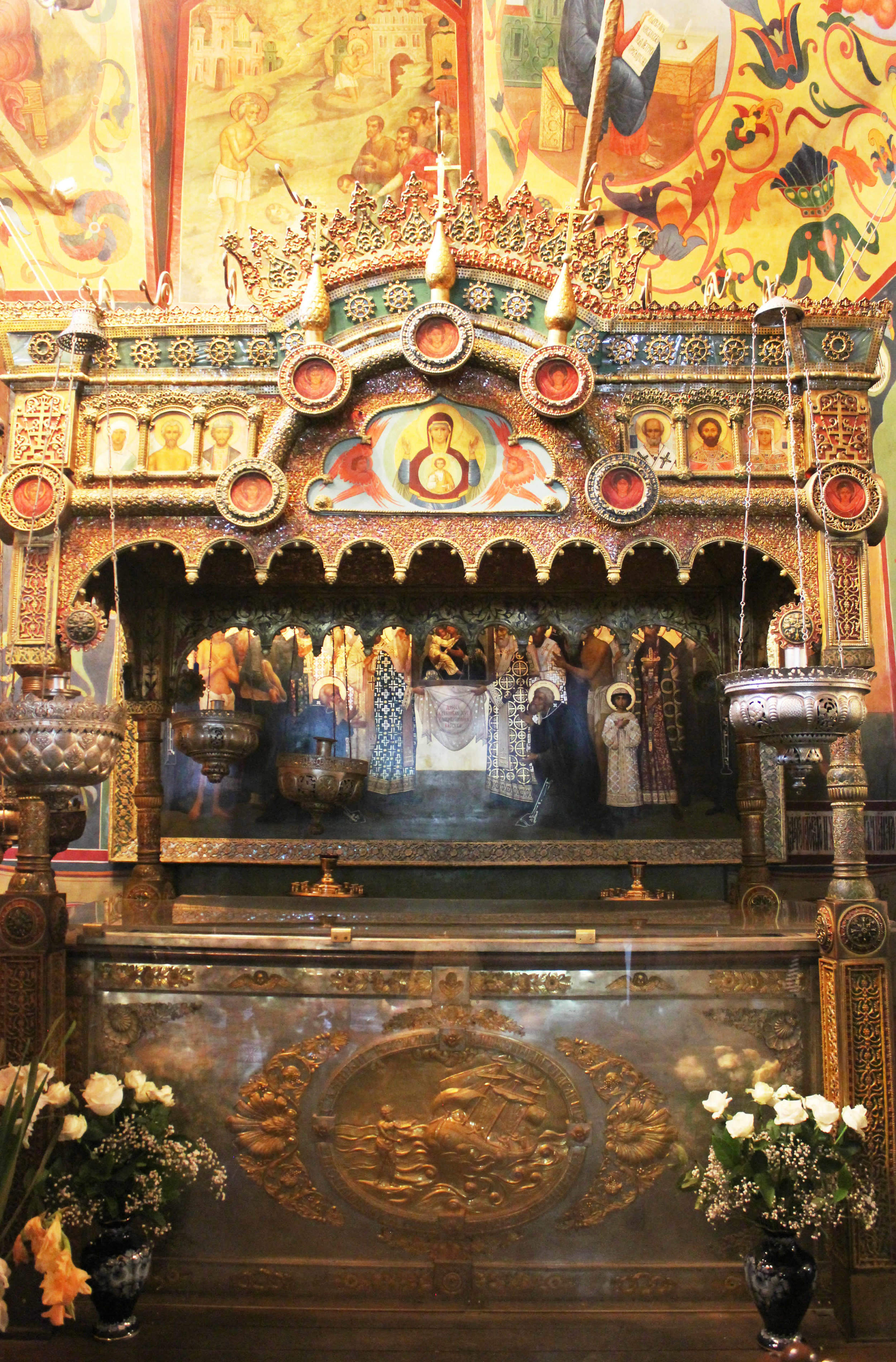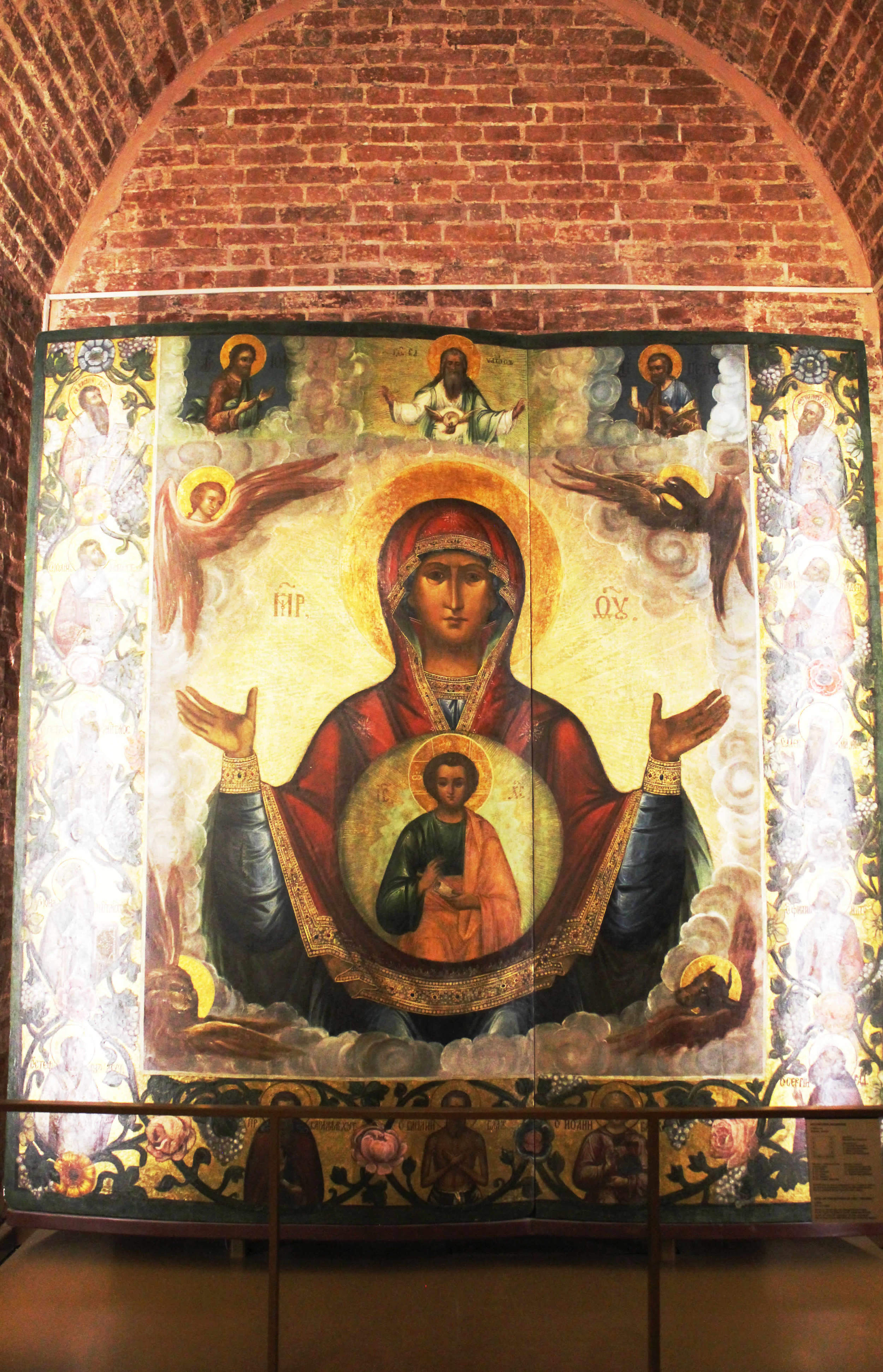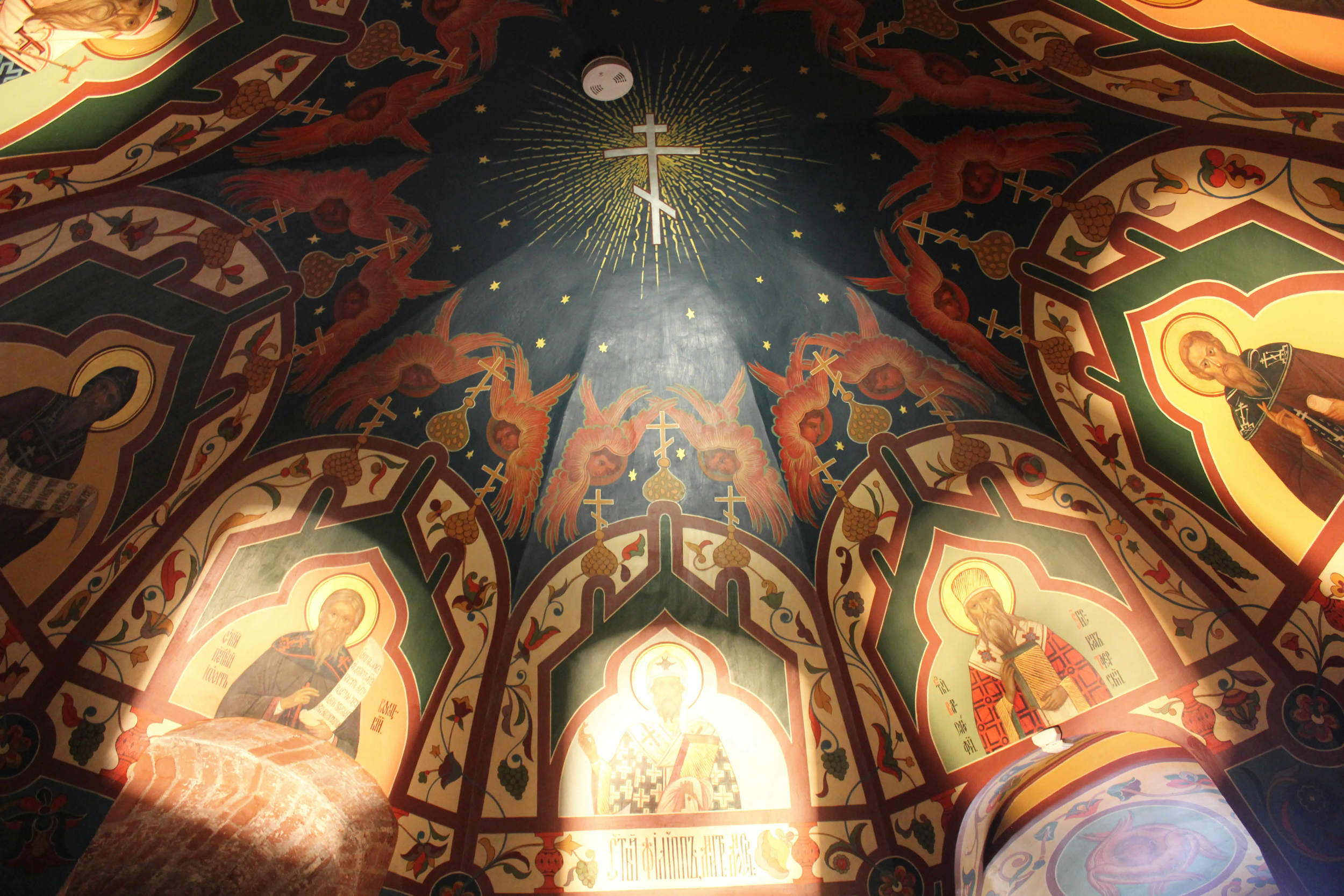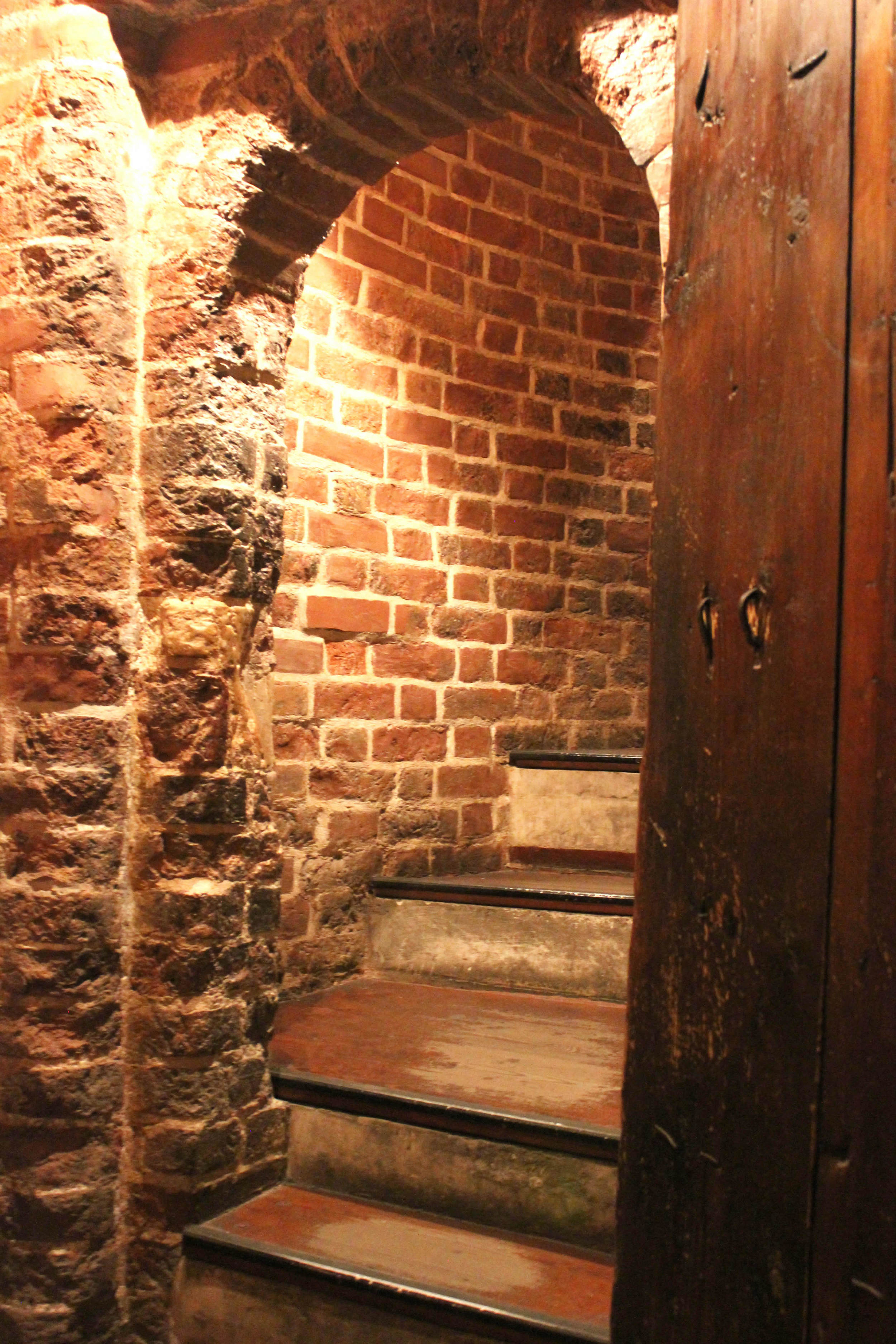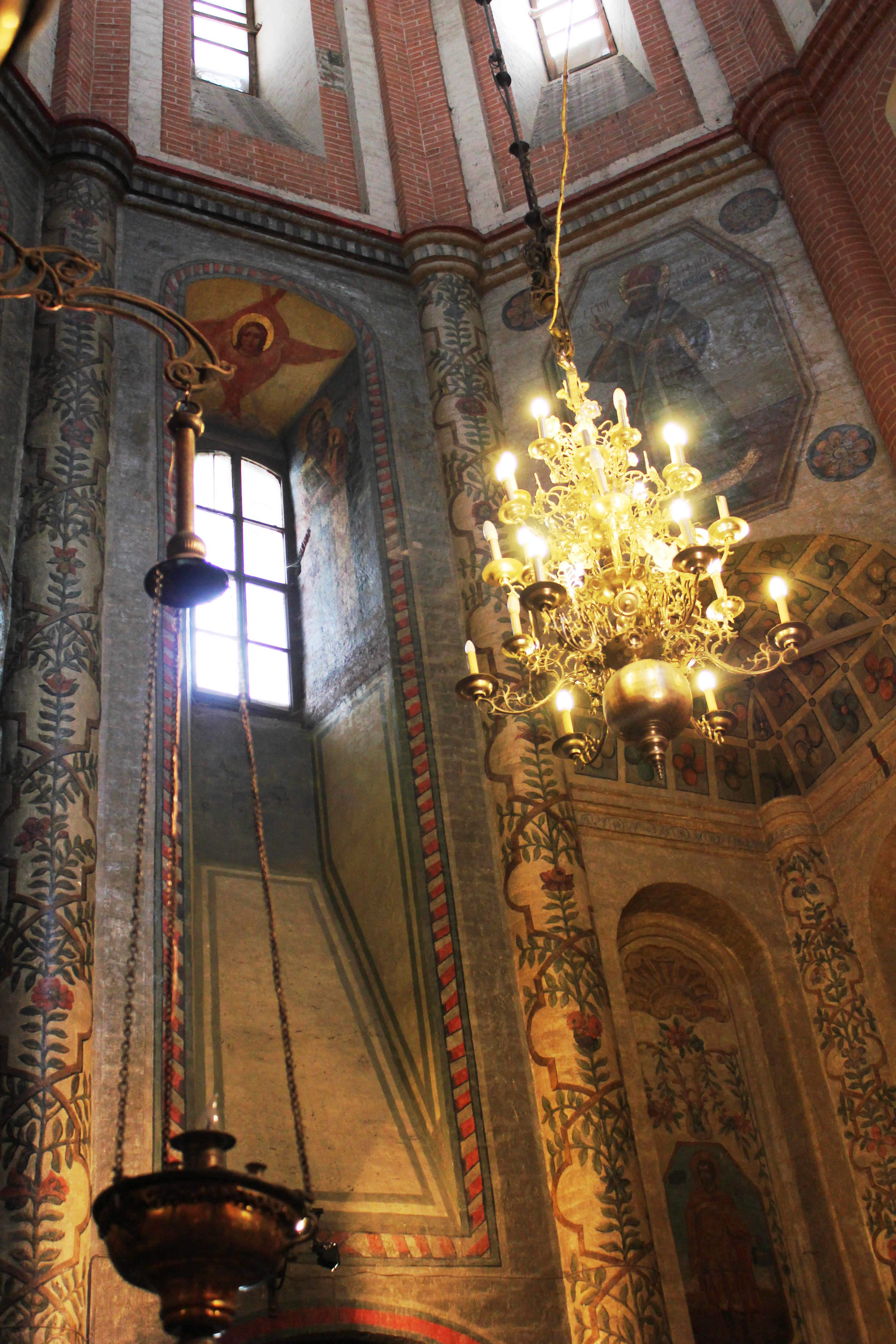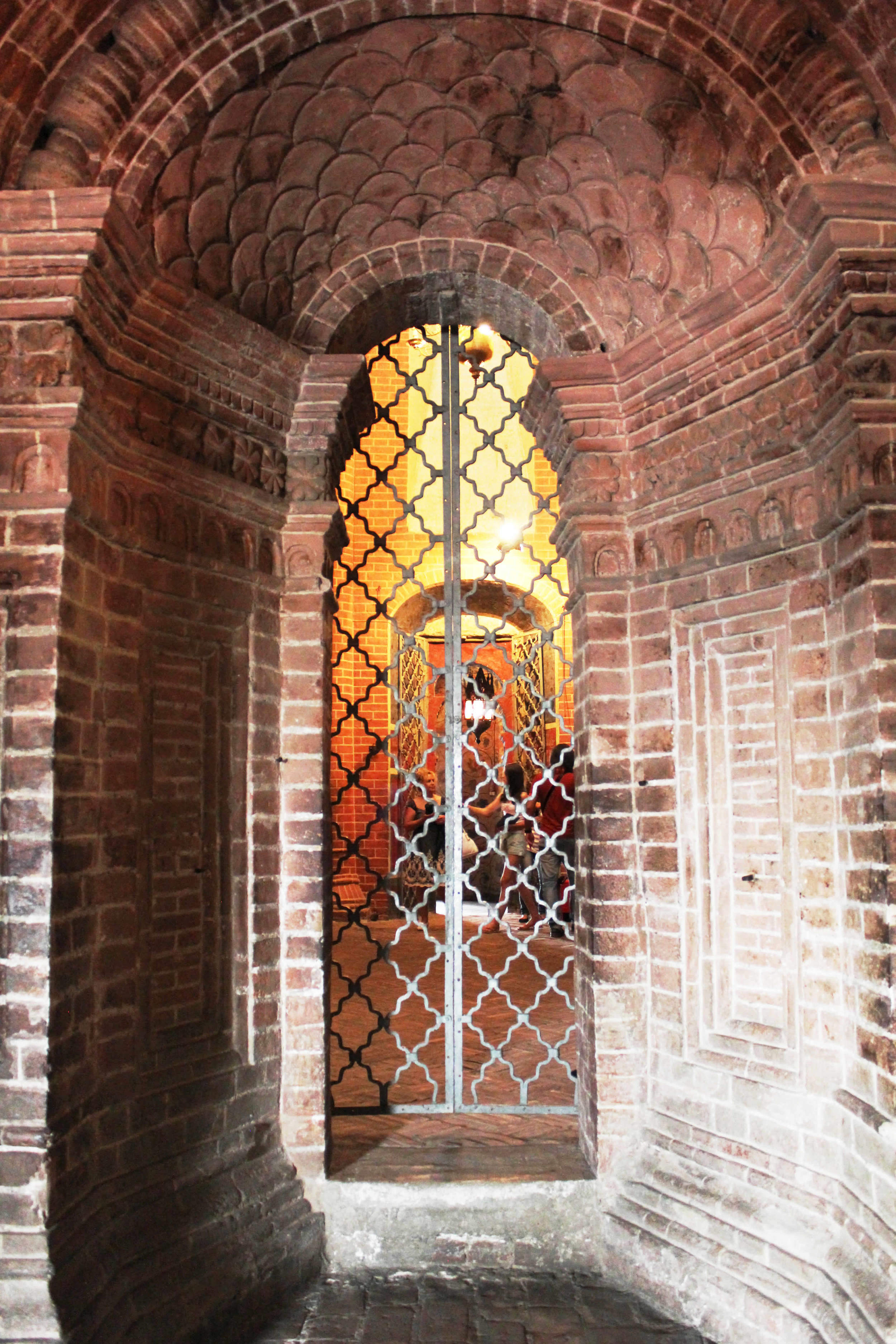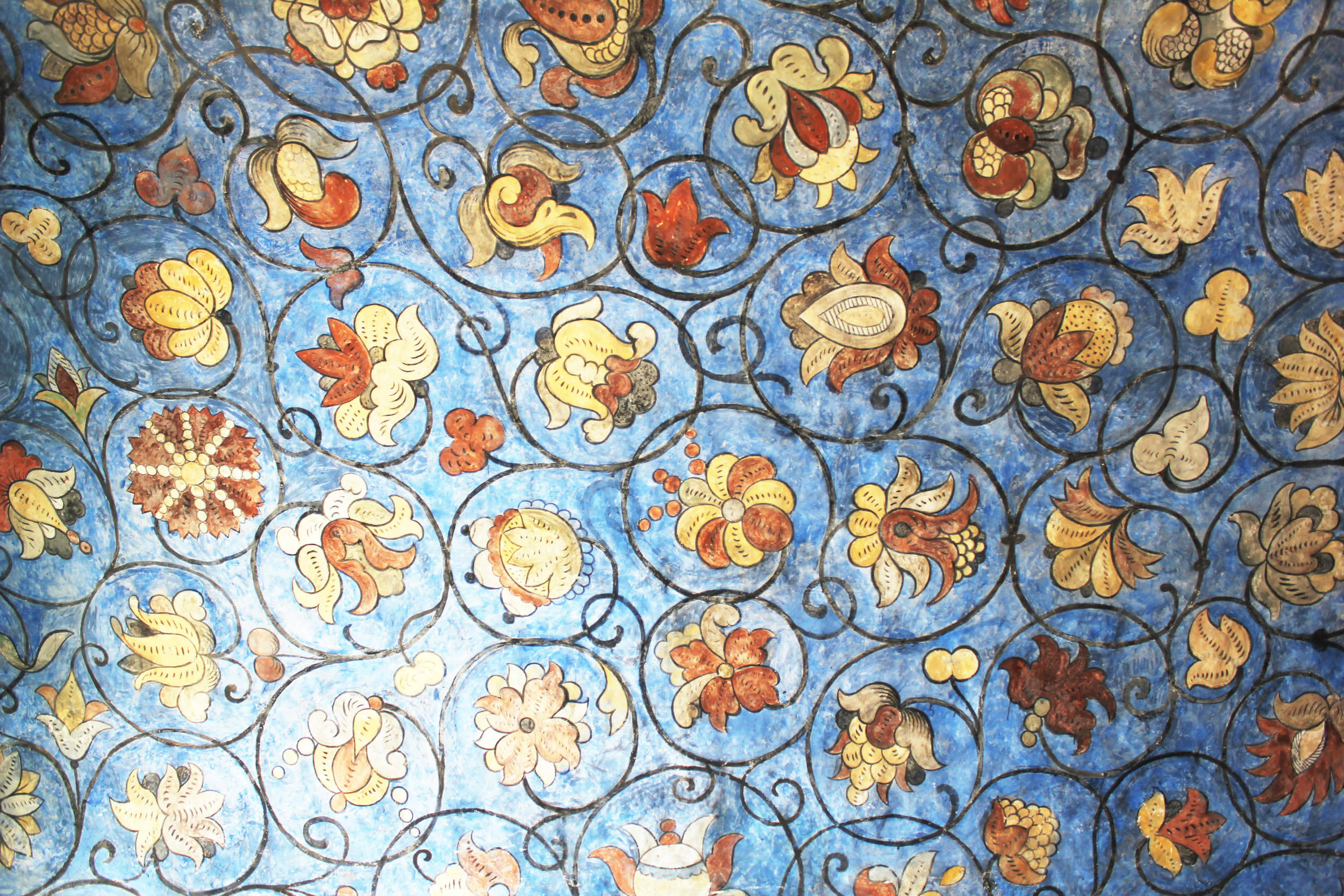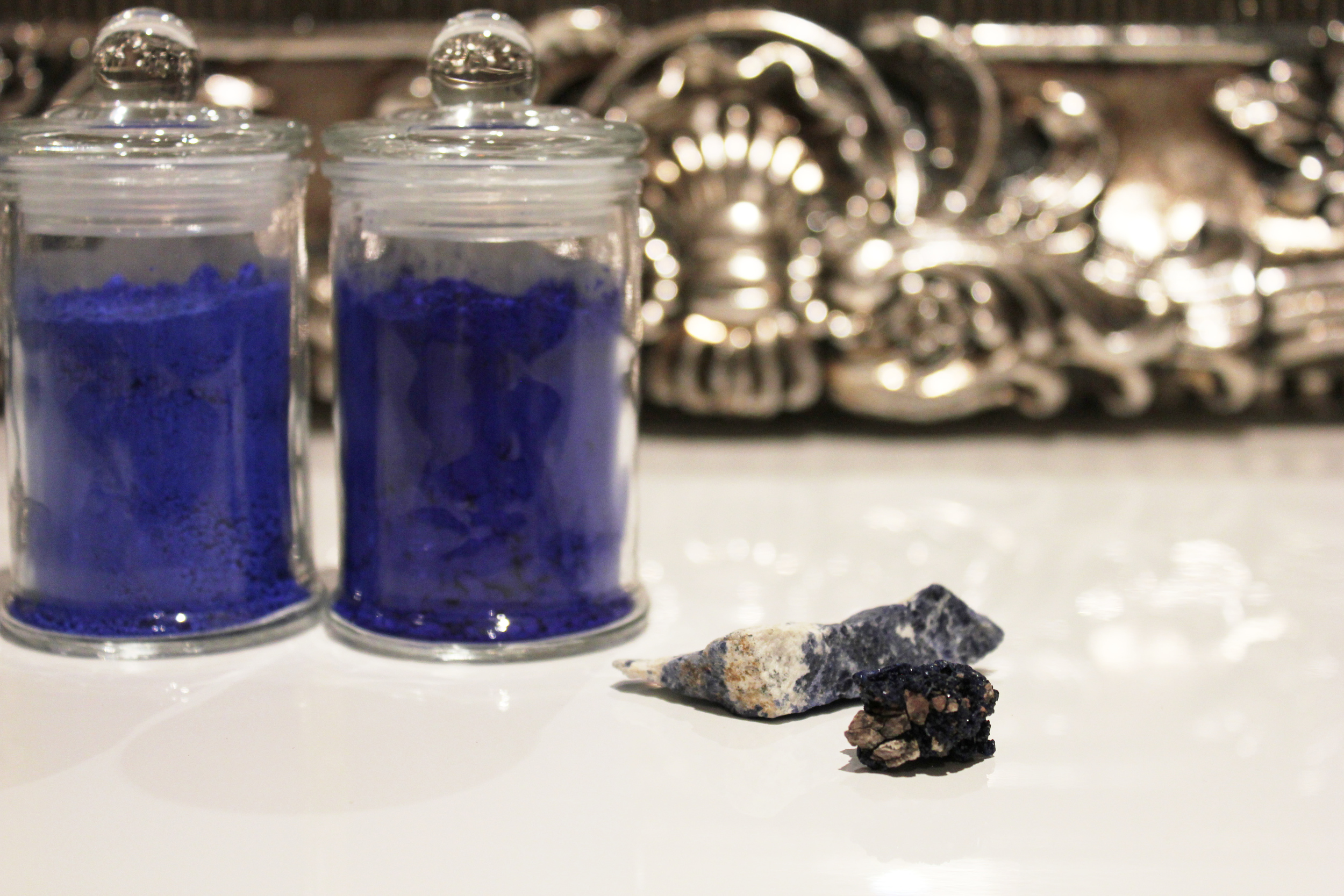Shaped like a flame rising into the sky, Saint Basil’s Cathedral is a former church located in Moscow, Russia.
It was erected 450 years ago over the grave of Saint Basil, which you can still venerate even today.
The vivid colours and details of its design are simply stunning; it followed the depiction of the Heavenly City in the Book of Revelation:
“And he that sat was to look upon like a jasper and a sardine stone: and there was a rainbow round about the throne, in sight like unto an emerald.
And round about the throne were four and twenty seats: and upon the seats I saw four and twenty elders sitting, clothed in white raiment; and they had on their heads crowns of gold.” (Rev 4:3 - 4:4)
Inside, the floor layout is a perfectly symmetrical with eight churches around the ninth core resembling a mythical citadel. All nine churches are interconnected and richly decorated with 16th century iconography.
Click through some photos we took on our pilgrimage in late 2013.

